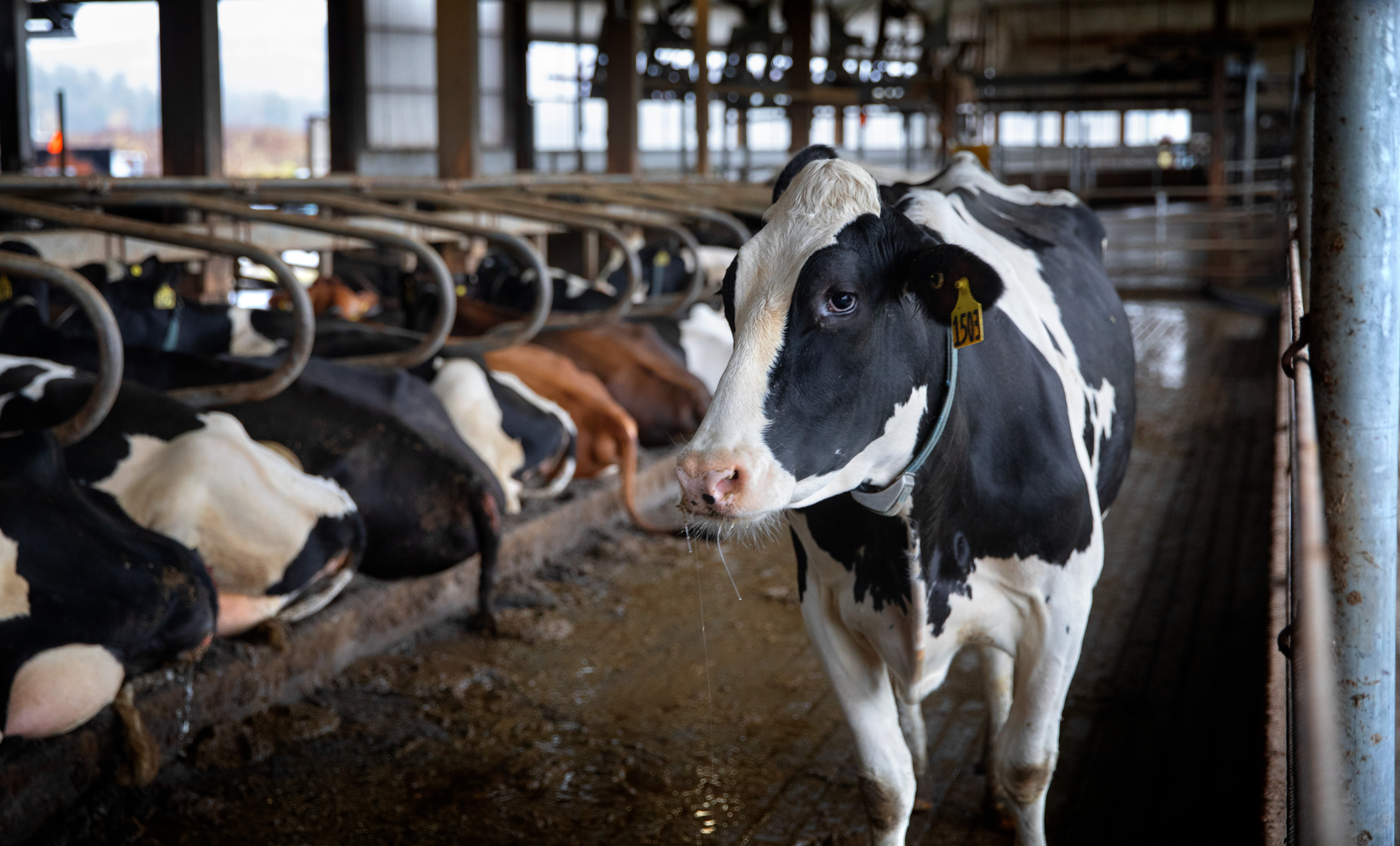Older Cows Are More Profitable

Older cows (3rd and greater lactation) typically make more milk than their younger herdmates.
Jason Koski / Cornell University
It’s not uncommon for dairy producers and their advisors to discuss culling rates and how many heifers need to be raised to maintain or grow the milking herd. The conversation at times leads to discussions about how long it takes a first calf heifer to pay for herself. In other words, how long does she need to be in the milking herd to pay for her rearing costs?
Many variables come into play here. There have been times when market prices for dairy replacements were very similar to typical dairy cull prices. That is a rare occurrence. That is not to say that those replacement prices reflected the cost to raise those animals. They did not. A recent study published by Karszes and Hill (published in August of 2020) at Cornell showed that the total investment for dairy replacements entering the milking herd for 26 above average herd size farms was $2,505. This included a value of $150 placed on a heifer calf entering the heifer raising program. This total cost may seem high to many people but it includes some costs that many people do not consider, such as labor, building depreciation, interest on the investment in these animals prior to them entering the milking herd, and nonperformance expense. Non-performance covers the expense of raising heifers that die or are culled.
Today there is certainly a variety of approaches herds take when it comes to their replacement program and lactating herd culling protocols. One thing is certain. Our older cows (3rd and greater lactation) typically make more milk than their younger herdmates. Even though we normally expect our younger animals to have greater genetic potential, our older cows are not putting nutrients into growth and because of their size advantage, their feed intake potential is much higher. Both of these factors increase their milk production potential when compared to their younger herdmates. A quick and dirty rule of thumb goes like this. We expect our 2nd lactation animals to produce around 10 lbs. more milk/cow/day than 1st calf heifers. We also expect our 3rd and greater lactation cows to produce around 10 lbs. more milk/cow/ day than our 2nd lactation cows. This of course assumes that the comparisons represent groups of animals with similar average days in milk.
From an economic standpoint, we can safely assume that these older cows are generating greater economic returns than younger cows if their daily milk output conforms to typical expectations. There is no doubt that achieving high levels of milk output per cow per day across the herd is much more difficult when 50% of the herd is made up of 1st calf heifers. The questions I want to pose are as follows. Can you increase the percent of cows in your herd that are 3rd lactation and greater without holding on to problem cows and lower producing cows? How can you manage your lactating cows so that the makeup of your herd includes a greater proportion of older cows that remain healthy and productive?
If your herd is not in a growth mode and your 1st calf heifers make up more than 35% of your total herd (milking & dry) it is time to ask yourself why. If you need all of those heifers to maintain your cow numbers, what is going on with your cull cows? What are the primary reasons they are being culled? Is it repro? Is it mastitis? Is it foot & leg problems? Zero in on the main culprits and determine if improvements can be made. An older cow making 90 lbs. of milk/day will likely generate greater returns than a 1st calf heifer making 70 lbs. of milk/day.
This article originally appeared in the Winter 2020 newsletter of the CCE Central New York Dairy, Livestock & Field Crops team.

